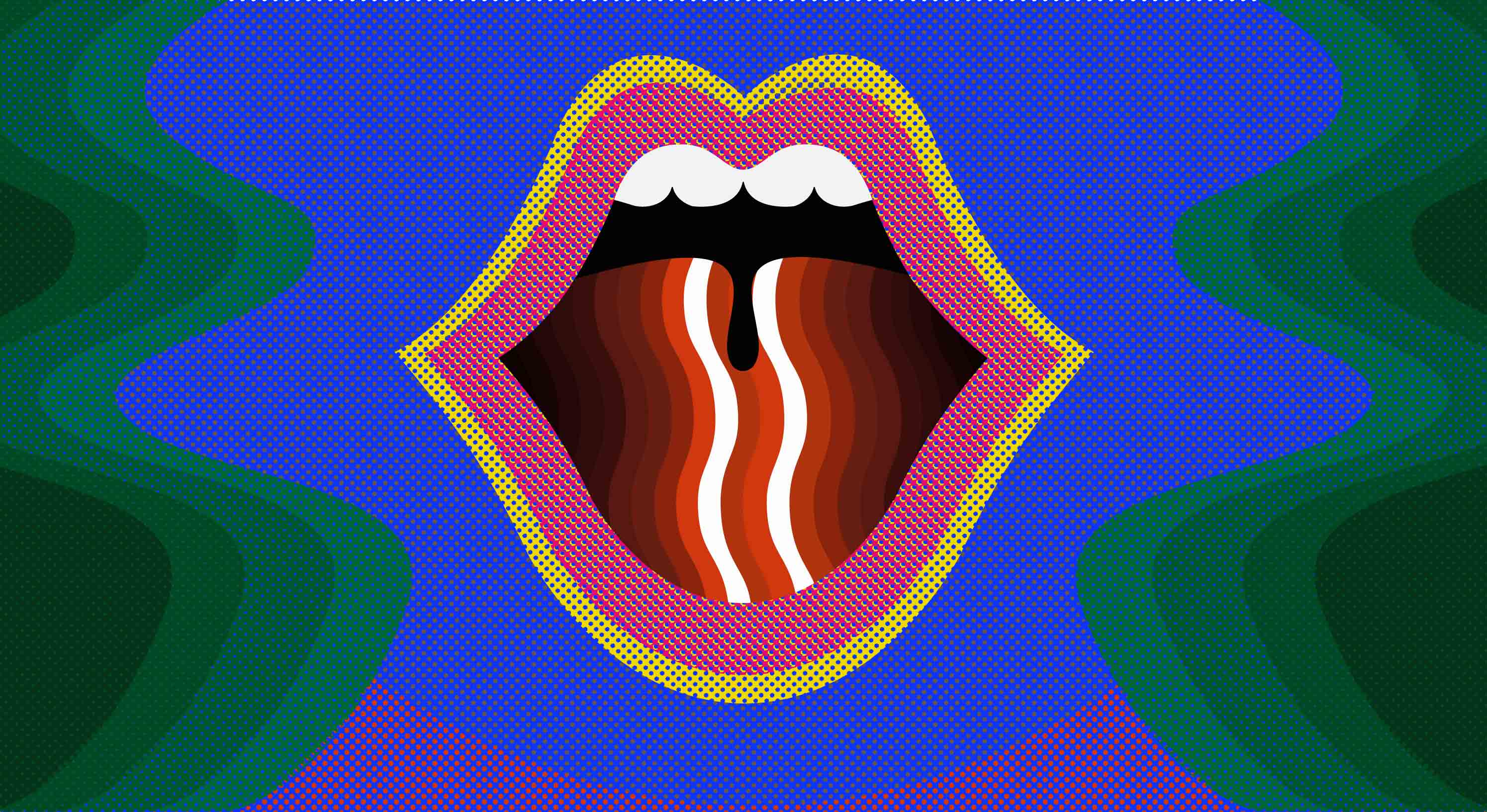It’s hard to say which is more popular these days: speaking invocal fry or speaking against vocal fry.
First, let’s define our terms. Vocal fry describes a creaking sound that creeps into the speech of, well, all of us at some point or another. It’s not different and it’s not new, but it’s a pattern that’s become popular among young American women.

text here from the right rail

In 2011, Nassima Abdelli-Beruh co-authored a study that quantified vocal fry in everyday speech. The associate professor of speech sciences at Long Island University Post Campus in New York, along with her colleagues, recorded the speech of 34 college-age women and found that two thirds of them had that vocal-fry creak. Since the paper’s publication, Abdelli-Beruh says she’s been surprised at the amount of interest — and agitation — about vocal fry. “I received a lot of emails from people across the country who would say to me: ‘Look, I really cannot stand the vocal fry in my daughter’s voice. What can I do?’” she says.
“Americans have different expectations of men’s and women’s voices.”
The discomfort, she points out, tends to come from older-than-millennial generations. The same could be said for media criticism blasting the vocal pattern. Over the summer, author Naomi Wolf penned an article in the Guardianheadlined “Young women, give up the vocal fry and reclaim your strong female voice.” NPR’s On the Media host Bob Garfield has also chided young women for the speech pattern during an episode of the podcast Lexicon Valley. “It’s almost exclusively among women,” said Garfield, who then went on to creak, without acknowledgement, himself. The Atlanticpublished an article called “Vocal Fry May Hurt Women’s Job Prospects.”
On the other side of the fry fray is the concern that this is another form of criticism for “talking while female.” Carmen Fought, a professor of linguistics at Pitzer College in Claremont, Calif., says Americans have different expectations of men’s and women’s voices. Male vocal tones tend to be assertive, loud, and competitive, while an ideal woman’s voice is described as more caring, soothing, and pleasant, says Fought. “That’s what you want your GPS to sound like,” says Fought. “‘Oh here, I’ll get you to the next stop, darling. It’s okay.’”
This difference, Fought says, becomes a double standard in professional environments. “It’s part of our perceptual coding. If we’re in a workplace and a woman apologizes for something, we’re like, ‘Oh, she feels insecure.’ If a man apologizes, we may interpret it as, ‘Oh, wow he’s so humble. He’s really a team player.’ Language reflects exactly what’s going on in the rest of society.”
But there may be an unexplored advantage at play here. Vocal fry and other similarly criticized intonations, like uptalk(typical of Valley Girl speak) are what Fought refers to as “power tools,” used by a particular group for a social purpose. “There’s a reason why women are using vocal fry. If every time they used vocal fry and someone used vocal fry to them, everybody involved had a negative reaction, they wouldn’t do it,” says Fought. She adds that vocal fry, as well as uptalk, are associated with youth, and because of that, the sounds bear a kind of covert prestige among those who use them.
The challenge, says Frought, is much larger than breaking out of a creaky voice: We’re judging women on the way they speak, rather than focusing on what they’re saying.
“The more aware of it we are, the better we can kind of help take that out of the discussion and evaluate people in a way that’s more fair,” she says.




